Aegean |
||||||||||||||||||||||||||||||||||
|
|
||||||||||||||||||||||||||||||||||
Jumper with seamless sleeves and lace pattern, worked top down in DROPS Belle. Sizes S - XXXL.
DROPS 177-24 |
||||||||||||||||||||||||||||||||||
|
CROCHET INFO: At the beginning of each row of double crochet, replace the first double crochet with 3 chain stitches. At the beginning of each row of single crochet, replace the first single crochet with 1 chain stitch. PATTERN: See diagrams A.1 to A.7. Diagrams A.1a and A.1b show how the rows start and finish. Diagrams A.2 and A.4 are used in the sides in sizes S/M and XXL. ---------------------------------------------------------- JUMPER: The piece is worked in 2 parts which are sewn together. BACK PIECE: Right shoulder: Start with light blue and hook size 4 mm / G/6 and work 62-66-72-77 chain stitches. Turn the piece and work 1 double crochet in the 4th chain stitch from the hook (= 2 double crochets) – READ CROCHET INFO. Work 1 double crochet in each of the next 2-6-5-3 chain stitches, * skip 1 chain stitch, work 1 double crochet in each of the next 6 chain stitches *, repeat from *-* 7-7-8-9 more times = 52-56-61-65 double crochets. Continue from the 2nd row in the diagrams (= row marked with an arrow) and work the pattern for the different sizes from the right side as follows: Sizes S/M and XXL: Work A.1b (= 1 stitch), A.3 over the next 45-54 double crochets (= 5-6 repeats), A.4 over the next 5 double crochets (= 1 repeat), A.1a (= 1 stitch). REMEMBER THE CROCHET GAUGE! Work the 3rd row back from the wrong side. Cut the strand. Sizes L/XL and XXXL: Work A.1b (= 1 stitch), work A.3 over the next 54-63 double crochets (= 6-7 repeats), A.1b. REMEMBER THE CROCHET GAUGE! Work the 3rd row back from the wrong side. Cut the strand. Left shoulder: Work chain stitches and the first row in the same way as for the right shoulder = 52-56-61-65 double crochets. Continue from the 2nd row in the diagrams (= row marked with an arrow) and work the patterns for the different sizes from the right side as follows: Sizes S/M and XXL: Work A.1a, work A.2 over the next 5 double crochets(= 1 repeat), A.3 over the next 45-54 double crochets (= 5-6 repeats), work A.1b. Work the 3rd row back from the wrong side. Do not cut the strand! Sizes L/XL and XXXL: Work A.1b, work A.3 over the next 54-63 double crochets (= 6-7 repeats), work A.1b. Work the 3rd row back from the wrong side. Do not cut the strand! All sizes: Work the left and right shoulders together by continuing from the 4th row in the diagrams and work new chain stitches for the neck as follows: Work the pattern as before over the left shoulder, work 36 new chain stitches for the neck (= 1st row in A.5), continue with the pattern as before over the right shoulder. Turn and work back over the right shoulder until there is 1 stitch left before the 36 new chain stitches and skip this stitch. Work from the 2nd row of A.5 (= row marked with an arrow) over the 36 new chain stitches (= 4 repeats). Skip the next stitch (= first stitch on the left shoulder) and work the pattern as before to the end of the row. Turn the piece and work the last row in the diagrams. Repeat the last 4 rows in height (= and work A.3 over A.5 (= in total 14-16-16-18 repeats of A.3 in width). When the last 4 row have been worked 5-5-6-6 time in height from shoulder and piece measures approx. 20-20-23-23 cm / 8"-8"-9"-9" from the shoulder, change to jeans blue. The outermost repeats in both sides of the piece are the sleeves and are not continued. Continue to work for the different sizes as follows: Sizes S/M and XXL: Continue the pattern from the 3rd row (= from the wrong side): Skip A.1a, A.4, 2-1 repeats of A.3 and the first chain space in the next repeat of A.3 for the sleeve. Start in the next chain space of 3 chain stitches (= the middle chain space in a repeat of A.3) and work A.1a around this chain space, work A.4, work A.3 in total 8-12 times, A.2 and finish with A.1a around the middle chain space (with 3 chain stitches) in the next repeat of A.3. Turn the piece. Sizes L/XL and XXXL: Continue the pattern from the 3rd row (= from the wrong side). Skip A.1b, 2-1 repeats of A.3 and skip the next 2 chain spaces in the next repeat of A.3. Start in the next chain space (= the last chain space in A.3) and work A.1b around this chain space, work A.3 in total 10-14 times in width, work A.1b around the next chain space (= first chain space in the next repeat of A.3). Turn the piece. All sizes: You have now skipped the same pattern in each side for the sleeves. Continue back and forth with the pattern until the piece measures approx. 43-47-51-54 cm / 17"-18½"-20"-21¼" from the shoulder – adjust so that you finish after the last row of A.3. Cut and fasten the strand. FRONT PIECE: Left shoulder: Work chain stitches and the first row in the same way as the shoulders on the back piece = 52-56-61-65 double crochets. Continue from the 2nd row in the diagrams (= row marked with an arrow) and work the pattern for the different sizes from the right side as follows: Sizes S/M and XXL: Work A.6b over the first 10 double crochets, A.3 over the next 36-45 double crochets (= 4-5 repeats), A.4 over the next 5 double crochets, A.1a. When A.1a, A.3 and A.4 are completed in height, repeat the last 4 rows, but when the 9th row has been completed (= row marked with a star in A.6b) cut the strand. Sizes L/XL and XXXL: Work A.6b over the first 10 double crochets, work A.3 over the next 45-54 double crochets (= 5-6 repeats), A.1b. When A.1b and A.3 have been completed in height repeat the last 4 rows, but when the 9th row has been completed (= row marked with a star in A.6b) cut the strand. Right shoulder: Work chain stitches and the first row in the same way as the start of the other shoulders = 52-56-61-65 double crochets. Continue from the 2nd row in the diagrams (= row marked with an arrow) and work the pattern for the different sizes from the right side as follows: Sizes S/M and XXL: Work A.1a, work A.2 over the next 5 double crochets, A.3 over the next 36-45 double crochets (= 4-5 repeats), work A.6a over the remaining 10 double crochets. Sizes L/XL and XXXL: Work A.1b, work A.3 over the next 45-54 double crochets (= 5-6 repeats), work A.6a over the remaining 10 double crochets. All sizes: When the diagrams have been completed in height (apart from A.6a) repeat the last 4 rows in the diagrams. The right and left shoulders are now worked together on the 10th row as follows: work the 10th row in A.6a over the right shoulder, work 18 new chain stitches and work the 10th row in A.6b over the left shoulder. Continue with the pattern as before to the end of the row. Turn and work 1 row back (= 11th and last row in the diagrams). Work A.7 in total 2 times around the 18 new chain stitches. There are now 14-16-16-18 repeats of A.3 in width. Continue to work in the same way as for the back piece – Adjust so you work the same number of repeats in height as on the back piece, before changing color to jeans blue. The outermost repeats in each side are the sleeves and are not continued, in the same way as for the back piece. Check that you have the same number of repeats in height as on the back piece. Cut and fasten the strand. ASSEMBLY: Shoulder seams: Sew the shoulders together, edge to edge in each stitch with light blue. Seams under the sleeves: Sew with light blue in the outermost stitch so that the seam is not thick. Seams in the sides: Sew with jeans blue in the outermost stitch so that the seam is not thick. Repeat in the other side. Cut and fasten the strands. SLEEVE EDGE: Work an edge around the sleeves as follows: Start mid under the sleeve and work with light blue and hook size 4 mm / G/6 as follows: * work 1 single crochet, 3 chain stitches, skip 1 cm / ⅜" *, repeat from *-* around the whole sleeve and finish with 1 slip stitch in the first single crochet of the round. Work in the same way around the other sleeve. Cut and fasten the strand. NECKLINE: Work an edge around the neck with light blue and start mid top of one of the shoulders as follows: ROUND 1: Fasten the strand with1 single crochet in the shoulder seam. Work * 3 chain stitches, skip approx. 2 cm / ¾", 1 single crochet *, repeat from *-* around the whole neckline and finish with 1 slip stitch in the first single crochet of the round. ROUND 2: Work slip stitches to the first chain space. Work 3 chain stitches and 2 double crochets in the first chain space. Work 3 double crochets around each chain space. Finish with 1 slip stitch in the 3rd chain stitch from the beginning of the round. ROUND 3: Work * 3 chain stitches, skip 3 double crochets, 1 single crochet between the third and fourth double crochet *, repeat from *-* along the whole neckline, but finish with 1 slip stitch in the first chain stitch. ROUND 4: Work 1 chain stitch, * work 2 chain stitches, work 1 single crochet around the next chain space *, repeat from *-* along the whole neckline. Finish with 1 slip stitch in the first chain stitch. Cut and fasten the strand. |
||||||||||||||||||||||||||||||||||
Diagram explanations |
||||||||||||||||||||||||||||||||||
|
||||||||||||||||||||||||||||||||||

|
||||||||||||||||||||||||||||||||||

|
||||||||||||||||||||||||||||||||||

|
||||||||||||||||||||||||||||||||||
|
Have you made this or any other of our designs? Tag your pictures in social media with #dropsdesign so we can see them! Do you need help with this pattern?You'll find tutorial videos, a Comments/Questions area and more by visiting the pattern on garnstudio.com. © 1982-2024 DROPS Design A/S. We reserve all rights. This document, including all its sub-sections, has copyrights. Read more about what you can do with our patterns at the bottom of each pattern on our site. |
||||||||||||||||||||||||||||||||||











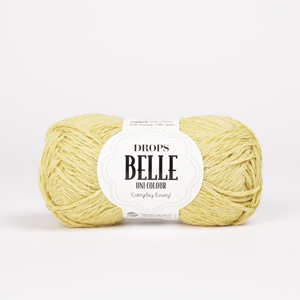

















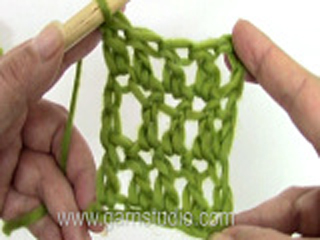
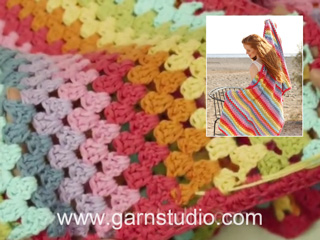

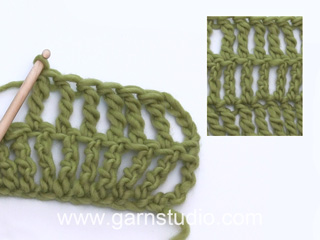
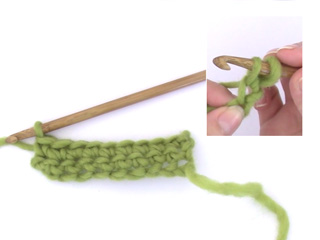
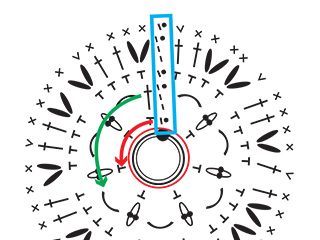



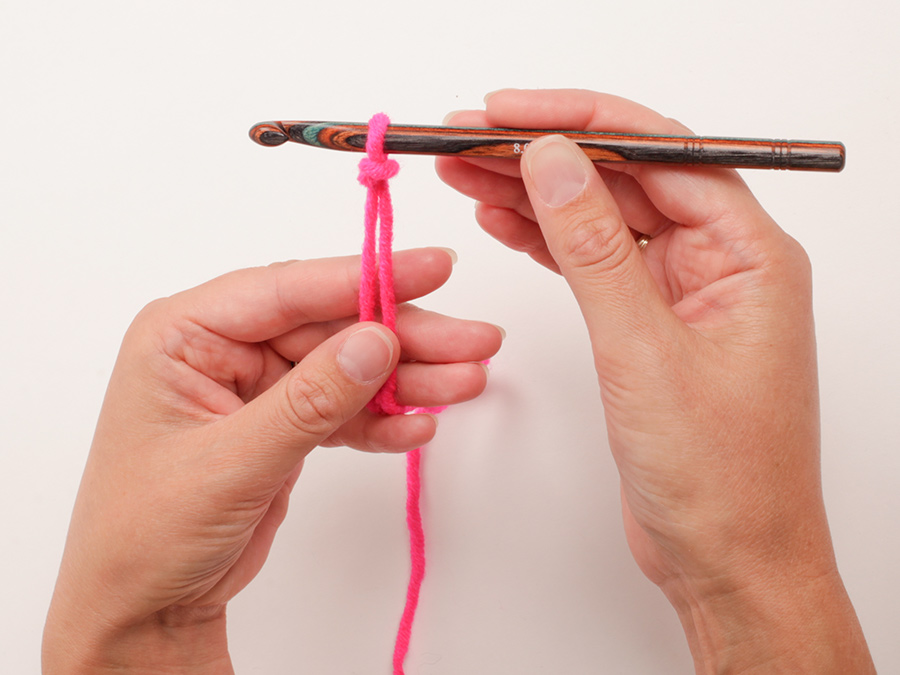

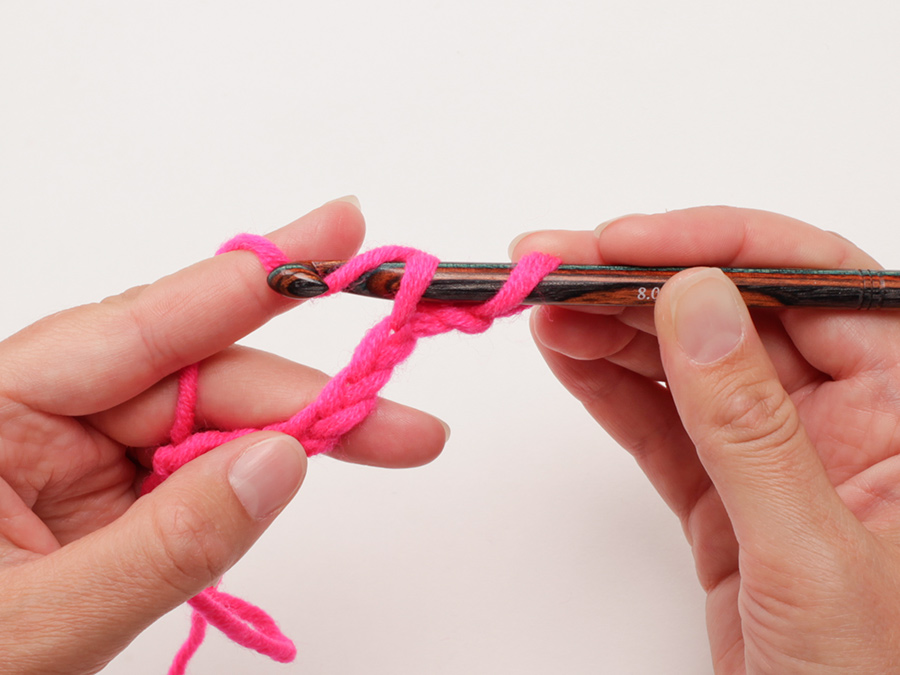
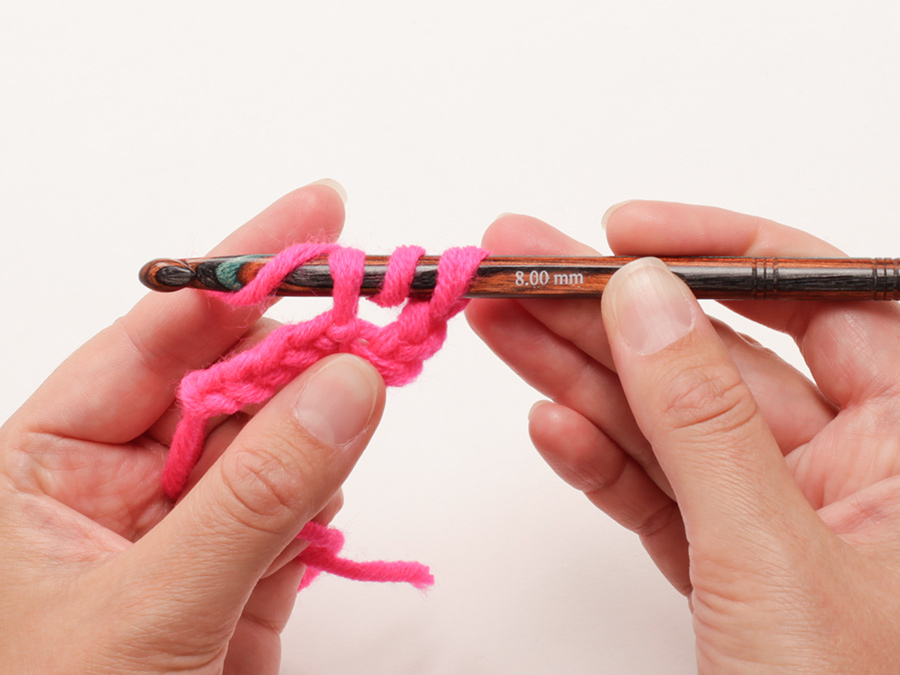






Comments / Questions (61)
I str xxl er mit spørgsmål til
29.08.2024 - 09:42DROPS Design answered:
Hei Marianne. Se vårt svar på ditt forrige spørsmål. mvh DROPS Design
02.09.2024 - 08:06Hvor mange rapporter er der ved 3. Række, hvor ærmet tages fra??? Jeres hækleopskrifter er ikke ret velskrevede DESVÆRRE
29.08.2024 - 09:41DROPS Design answered:
Hei Marianne. Litt usikker på hvor du mener i oppskriften, men om det er fra der man slutter å hekle ermene så skal man i str. XXXL (fra vrangen) fortsette mønstret fra 3. rad ved å hoppe over A.1 + 1 rapport av A.3, så starter man i neste luftmaskebue og hekler A.1b om denne luftmaskebuen. Deretter hekler man 14 rapporter av av A.3 og avslutter A.1b om neste luftmaskebue (= første luftmaskebue i neste rapport A.3 fra forrige rad). Altså 14 ,rapporter av A.3. mvh DROPS Design
02.09.2024 - 08:05What are the finished measurement of each size (in cm)? Both lenght and chest width… thanks.
27.06.2024 - 22:17DROPS Design answered:
Hi Aurapruck, You will find a size chart at the bottom of the pattern, with all measurements for the different sizes. Have a great summer!
28.06.2024 - 06:52Hej er simpelhen nødtil at få skåret ud i pap med de 1. 3 rk skuldre har brugt 2 dage nu og kan ikke få det til at passe i siderne skal man altid læse diagram fra højre mod venstre og når man slutter med A4 skal man så starte med det efter km og vending?? Eller hvordan??
22.06.2024 - 16:51Hej har et spørgsmål til starten, da vi starter og reelt for 7 stm i begyndelsen af skuldre -stykket med de 3 lm, undre det mig at anden skuldre skal laves på samme måde for så vil de 7 i starten side i samme side ved ret-siden og ikke i modsatte er dette korrekt eller skal man starte modsat på 2. Skuldre??
21.06.2024 - 07:36DROPS Design answered:
Hei Hanne. Fint om du kan opplyse hvor du er i oppskriften, skulder bakstykket eller skulder forstykket? Opplys også hvilken str. du hekler, så skal vi hjelpe deg så godt vi kan. mvh DROPS Design
01.07.2024 - 07:55Ik kan best goed patroon lezen maar ik begrijp niet hoe ik bij dit patroon moet eindigen of beginnen. Is A1a en A1b het begin van elke toer? Bij bv A3 patroon. En lees ik elke toer van links naar rechts? Dus bv de 2e toer van A3, begin ik deze met een vaste na het keren of een losse, want dit staat ook in het patroon. Begin je met een vaste haak dan 1 losse. Ik hoop dat ik het begrijpelijk heb over kunnen brengen.
09.04.2024 - 16:48DROPS Design answered:
Dag Margriet,
A.1a en A.1b laten inderdaad zien hoe de toeren beginnen en eindigen, maar in de beschrijving wordt ook aangegeven hoe je precies moet breien voor elke maat. Dus er wordt ook aangegeven wanneer je A.1a en/of A.1b moet breien. Na het opzetten staat er bijvoorbeeld: Haak A.1b (over 1 steek), herhaal dan A.3 over de volgende x aantal stokjes en haak A.1b (dus over de laatste steek). De beschrijving is dus leidend.
10.04.2024 - 08:45Bij A6b 6de regel (rij) staan 10 lossen maar moet daar geen half stokje tussen na 5 losse gehaakt te hebben?
27.03.2024 - 22:08I have just started front left shoulder for size xxxl - do I work diagram a6b so as to shape the neck line or not? It seems to say to work a3 instead. Can you clarify? Thanks
13.11.2023 - 22:51DROPS Design answered:
Dear Mrs Pitt, seen from RS you first work A.6b over the first 10 sts, then repeat A.3 and end with A.1b; from WS you will work first A.1b then repeat A.3 and end with A.6b. Happy crocheting!
14.11.2023 - 10:29Jag ska virka modell 177-24 Jag läser diagram A3 som omfattar 9 stolpar. Först ska man virka ihop 2 maskor enl symbolen. Då blir inte mönstret symmetriskt. = 2 m tills hoppa över två, 1 fm hoppa över två, 1 fm, hoppa över två = 10 maskor. Behöver hjälp. Mvh AM Lundgren
07.07.2022 - 12:51DROPS Design answered:
Hej Ann-Margret. Du ska virka 2 stolpar i samma stolpe, då blir det symmetriskt. Mvh DROPS Design
12.07.2022 - 13:12Alla fine ho risolto, grazie. Ho fatto una piccola modifica allo schema delle due spalle del dietro perchè i due schemi (spalla sinistra destra) non sono perfettamente simmetrici. Ho poi pensato di lavorare la parte in blu jeans in tondo. Lo suggerisco perchè si evitano le due cuciture sui fianchi.
14.10.2021 - 12:09